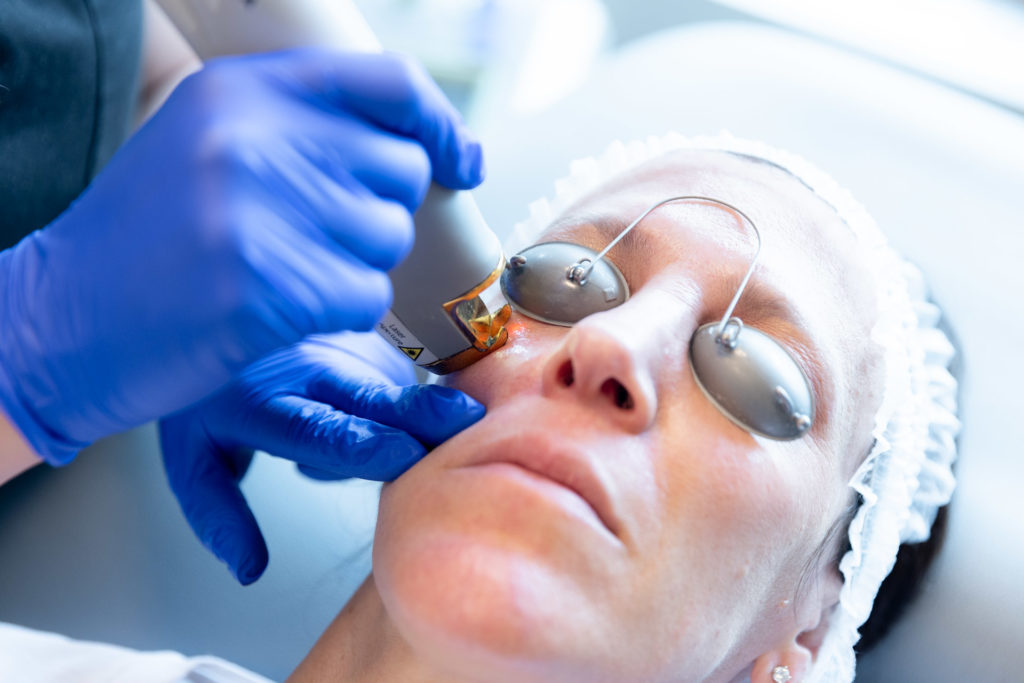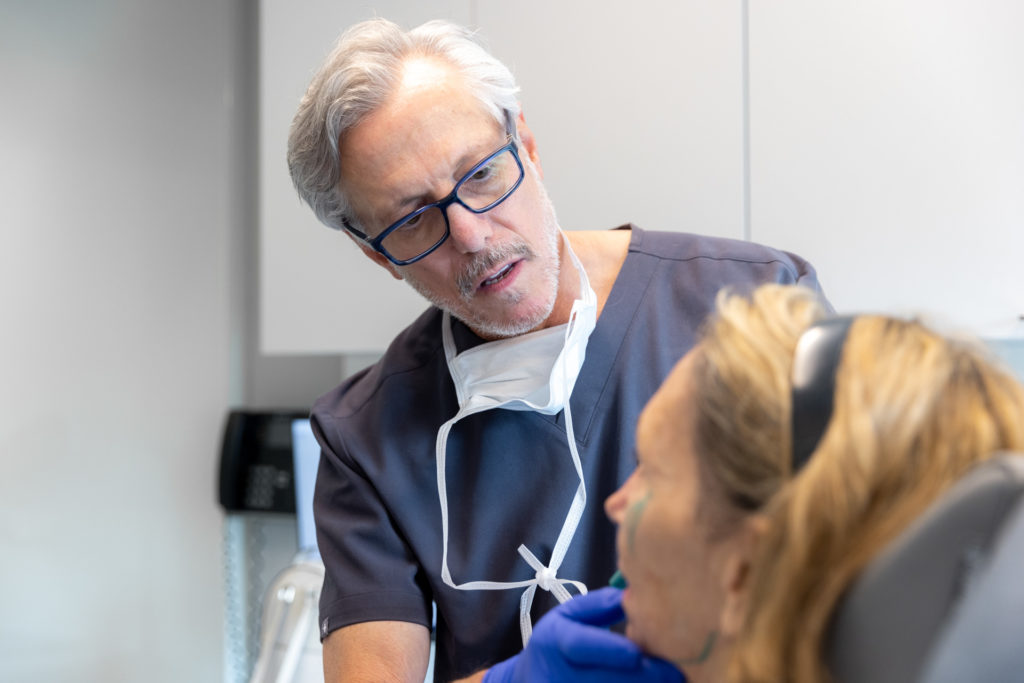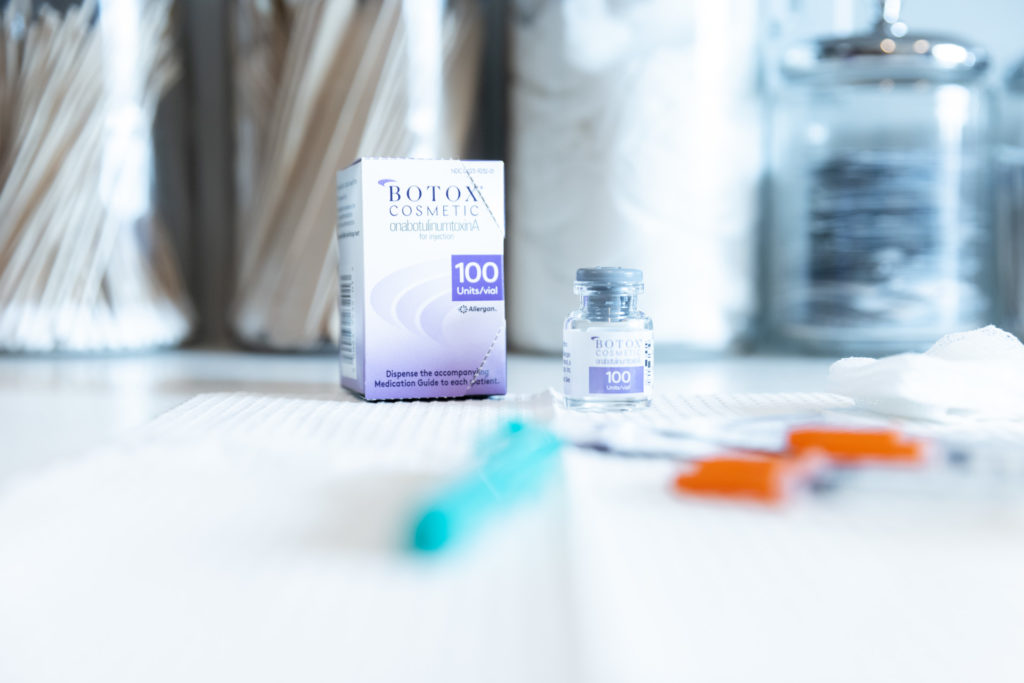
Some of the simplest things that we surgeons take for granted can be of utmost importance to patents. Just this week I saw a model/actress in follow-up. She cut her lips last year in Paris in a motorbike accident, and had her lip stitched up in an emergency room. Unfortunately, a thick scar formed and she had been unable to work since. Six weeks ago, I performed upper and lower lip scar revision. She is back to work and just booked a national TV commercial for the upcoming holiday season (HIPPA privacy prevents me from revealing more details).
The principles of scar revision have to do with what makes a scar visible and how to better hide the mark. The least visible are usually the ones that come from our own planned incisions for facial surgery, either cosmetic, for facial reconstruction or to fix facial fractures. Many of these approaches were pioneered by Dr. Tessier in his quest for the least visible scars when reconstructing children with inborn facial defects.
In order of preference:
- The best place to make an incision is inside an orifice such as the mouth, nose, etc.
- Next is at the junction of two structures such as the hairline or ear and cheek
- Third is to use what are called minimal skin tension lines, MSTL, where I have patients smile and grimace. The lines that form in the skin are perpendicular to the underlying muscles, and future scars will have the least amount of tension on them. As we get older these lines are visible at rest and called resting skin tension lines, RSTL.
- Undermine (lift up under the skin) to eliminate tension on closures.
As for traumatic scars, what makes them visible? Scars contract and may widen as they heal. Also long scars that “go against the grain” or RSTL of the face are more visible. Thirdly are pigment changes (red and and brown).
Facial lacerations should be sutured by a facial plastic surgeon or plastic surgeon since our training focuses strongly on skin healing and cosmesis. When an incision or scar is closed, the skin should be undermined to reduce tension. Tension pulls on scars as we move around. This is why scars on the body, arms and legs tend to widen. On the face they should be tension free. The skin is then closed in layers with the edges slightly everted (turned out) so as it heals the scar flattens, since scars contract. Color differences can also be reduced with lasers.




